Habits of a Successful Triathlete
Become a successful triathlete when you practice these 8 habits
To be a triathlete you need to have the basics of swimming, biking, and running down. But to become a successful triathlete (whatever that means to you/ whatever your goals may be) there are some other lifestyle changes you can make to really be successful. There are a few habits you can adopt to help you get there that already line up with your goals. Keep reading to discover the habits successful triathletes have in common.
Do your research/PREPARE
Find the right race for you. If you’re new to the sport, don’t go for a longer distance tri. Start slow and build your way up to your desired event distance. Will you need a wetsuit? Is your race even wetsuit legal? What are the benefits of a race being USAT certified? There’s a lot to learn, like knowing the difference between triathlon and road bikes. Proper preparation can reduce unexpected surprises that may come your way during training or on race day.
Pace yourself
Don’t go full force when you’re first training or just getting back into training after offseason. Find a training plan and follow that as your guide. Be willing to make training tweaks if needed.
Know how to fuel
Nutrition during training and during the race has a huge impact on the way you can expect to perform come race day. Make sure you’re following the right nutrition plan for your body and the event distance you signed up for.
Give Your Gear the TLC it needs
Take care of the gear that takes care of you. Follow instructions for proper care and give your bike frequent tune-ups to maximize performance. Clean gear is happy gear!
Know what you can control
You’ve done everything you can to make sure this race goes perfectly. You did a gear check, you packed the perfect race day bag and you’re ready to go! Then a storm hits. Don’t let this get you down or let you feel defeated before the race even starts. You know you’ve spent the time training and just remember to focus on what you can control for a good race. All the other athletes there are experiencing the exact same thing. Pre-race jitters are real and they can throw even the best athletes off track. If you know your jitters on race morning are going to be bad, work on a couple of exercises or something to help you distract yourself from the nerves on race morning. We see this all the time and its a really great way to center yourself before starting the swim!
REST!
Take some time off when you need it! Listen to what your body is telling you so you don’t overdo it and risk an injury.
Enjoy healthy food
Switching up your diet for healthier options is a really simple yet effective way to help you during your training. Of course, you don’t have to stop eating what you really love, but adjusting to a cleaner, healthier lifestyle is great for maintaining energy during workouts as well as leaving you feeling good too.
Successful triathletes stay in the moment
Take it one day at a time. Everyone has good days and bad days and training for a triathlon is no exception. Remember why you started this journey or what inspired you to and focus on that when you’re having a tough day. Be kind to yourself and find ways to keep yourself motivated to reach the goal of crossing that finish line!

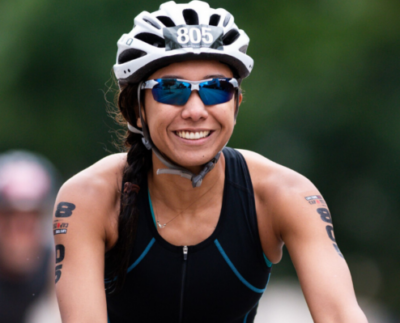
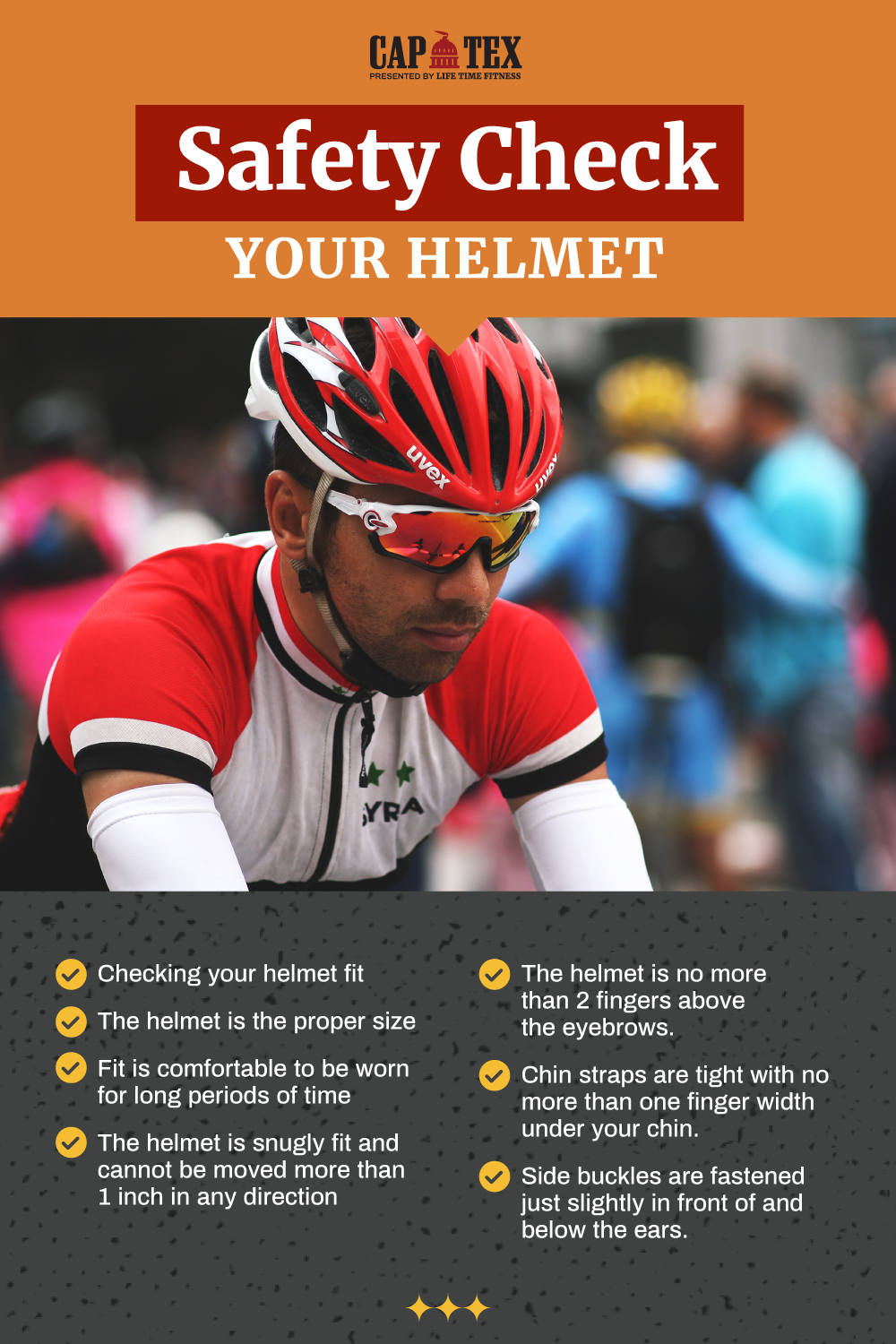 To keep the helmet in place, the next step is ensuring the chin straps are long enough to reach under your chin and can be tightened securely. This part is especially important because you do not want to be dealing with an ill-fitting helmet during your next tri.
To keep the helmet in place, the next step is ensuring the chin straps are long enough to reach under your chin and can be tightened securely. This part is especially important because you do not want to be dealing with an ill-fitting helmet during your next tri. 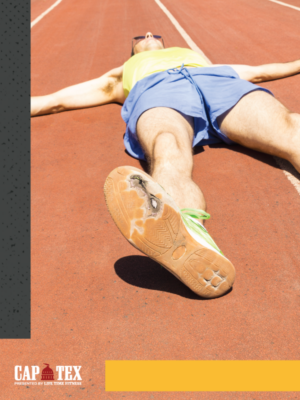
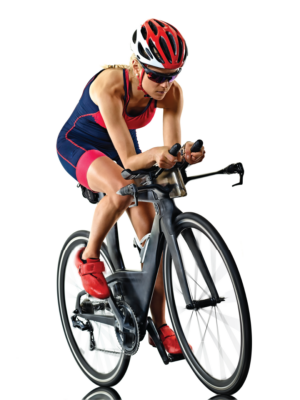
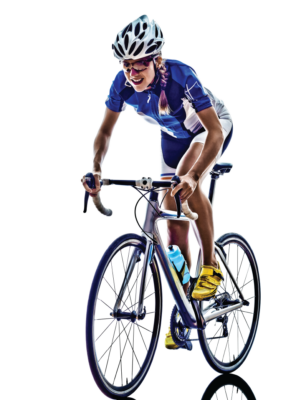
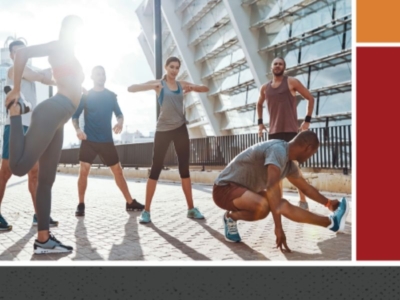 Adding a warm-up and cool down into your fitness routine is a simple, yet proven way to maximize your benefits when working out. The warm-up gives your body a chance to prepare for your session while the cool-down then helps you focus on slowing your breathing and return to your normal heart rate. Rather than seeing it as an optional part of your workout, think of warming up and cooling down as part of your session to get the most out of all the hard work you’ve put in!
Adding a warm-up and cool down into your fitness routine is a simple, yet proven way to maximize your benefits when working out. The warm-up gives your body a chance to prepare for your session while the cool-down then helps you focus on slowing your breathing and return to your normal heart rate. Rather than seeing it as an optional part of your workout, think of warming up and cooling down as part of your session to get the most out of all the hard work you’ve put in!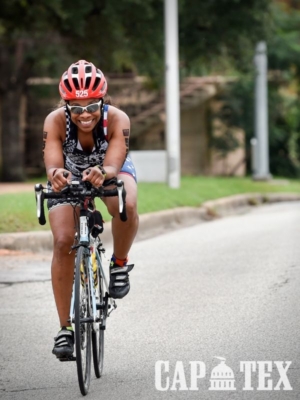
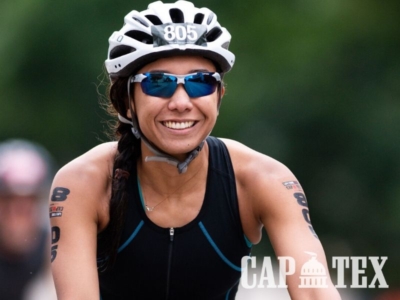 Clearer view
Clearer view